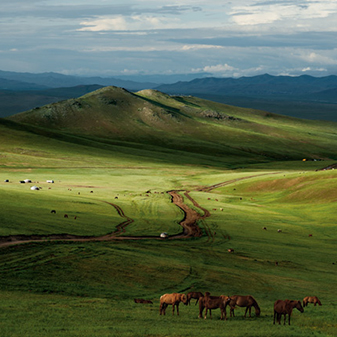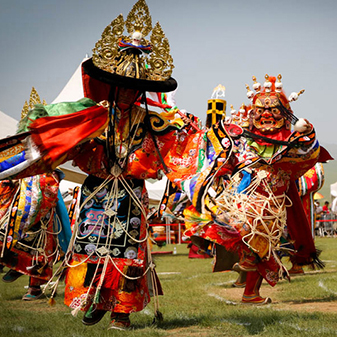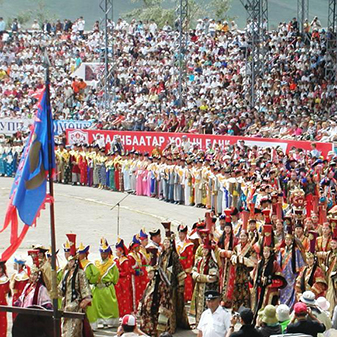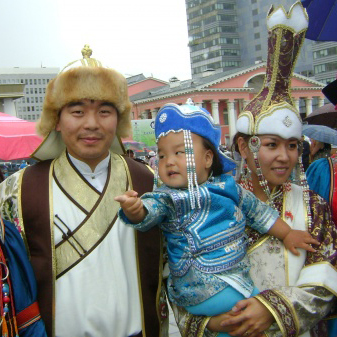Mongolia’s survival as an independent nation is little short of miraculous. For the first time in centuries the Mongolians, once rulers of the vast Eurasian steppe, are no longer colonial subjects of the Russian and Chinese empires. Only a century ago, so few Mongolians were left that it seemed their ancient, nomadic civilization might disappear altogether. Now the country has a democratic constitution, multiparty elections.
Area: 1,566,000 sq km (610,740 sq mi)
Population: 3.0 million (51% live in urban areas)
People: Khalkha Mongols (82%), Kazaks (4%), others (14%)
Regions: 21 Aimags (provinces). Aimags subdivided into Soums
Capital: Ulaanbaatar (47°55′N 106°53′E)
Languages: The official language, Mongolian, is spoken and understood throughout the country. Russian is the other major language used. However, other foreign languages, primarily English, are becoming more popular.
Religions: Buddhism (53%), Protestanism (40%), Shamanism (4%), Islam (3%)
Government: Parliamentary with a president elected every 4 years
Economy: Traditionally based on agriculture, livestock breeding (camels, bovine, goats, horses and sheep); mining (coal, gold, copper and uranium).
Time: GMT + 8
Electric current: 220 volts/50 HZ
Normal working hours: 09:00-13:00 and 14:00-18:00
Weight and measures: Metric System







